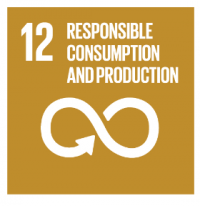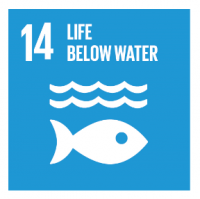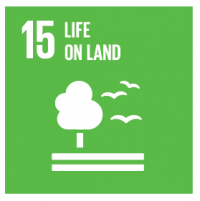The Lorax is another great story from Dr Seuss. A simple picture book with a very important message. Watch a reading of the story You Tube – The Lorax
Don’t be fooled into thinking this book and the linked activities are suitable only for younger learners. The book and it’s message is enjoyed from P1 to P7.
Play the Endangered Habitat Game
The Humming Fish cannot live in their pond when it is polluted. Play the game to gain understanding of threats to habitats.
To play you will need to gather together 4 or 5 people at least so this would be a good chance to bring the whole family/household together! It is best played outdoors.
You need: a space large enough for all of your group to move around, 4 or 5 markers (sticks or stones for example), 4 or 5 players and a leader.
Mark several spots (approximately 5) on the ground. Each spot represents a habitat. Because the Humming fish live in ponds we will say that these habitats are ponds.
Players/Humming Fish move around until the leader signals to return to their habitat (only one player can use each habitat. With each new round the leader remove a habitat just as you would remove a chair in Musical Chairs.
Each time a habitat is removed the leader gives a reason – ‘A new road has been built and the pond filled in.’ ‘The pond is polluted.’ How long before you run out of habitats?
Can you think of a way to adapt this game for indoors using toys or figures in place of the players? Could you use plates or pieces of paper to represent the habitats. The more toys and figures you have the more competition there is for habitats.
(Rubbish) Treasure Hunt
Use this activity from PLAY, LEARN AND HAVE FUN! to highlight the consequences of our choices. Even if we choose to not litter, what happens to what we put in the bin? The activity instructions tell you how long it takes different items of rubbish to break down (decompose).
Make a bar graph using the rubbish you have found (not using pencil and paper – but string, chalk or rope to mark the axes). Organise the litter by category – perhaps by material or by the length of time taken to decompose. Arrange the groups into columns. How many in each group or category?
For a reminder about what makes a bar graph see BBC Bitesize -How do I record and display data?
Watch the clip Data Handling and Interpretation for tips on how to collect information (data) and turn it into a block or bar graph. You can use the rubbish you have collected and sorted instead of cards like the children in the film. What are the advantages and disadvantages of using this method compared to using actual objects as you have?

Goal 12 – Responsible Consumption and Production



